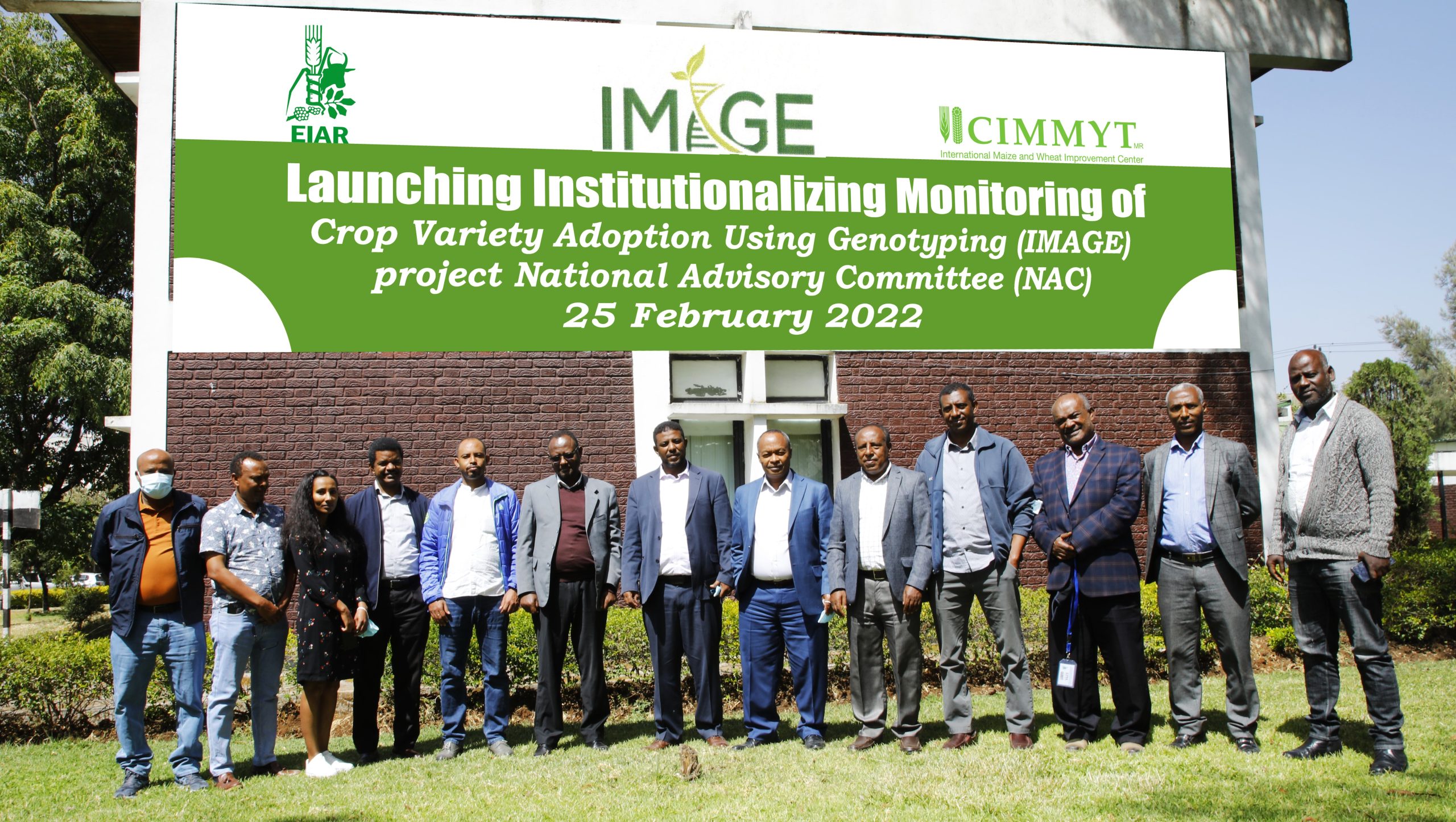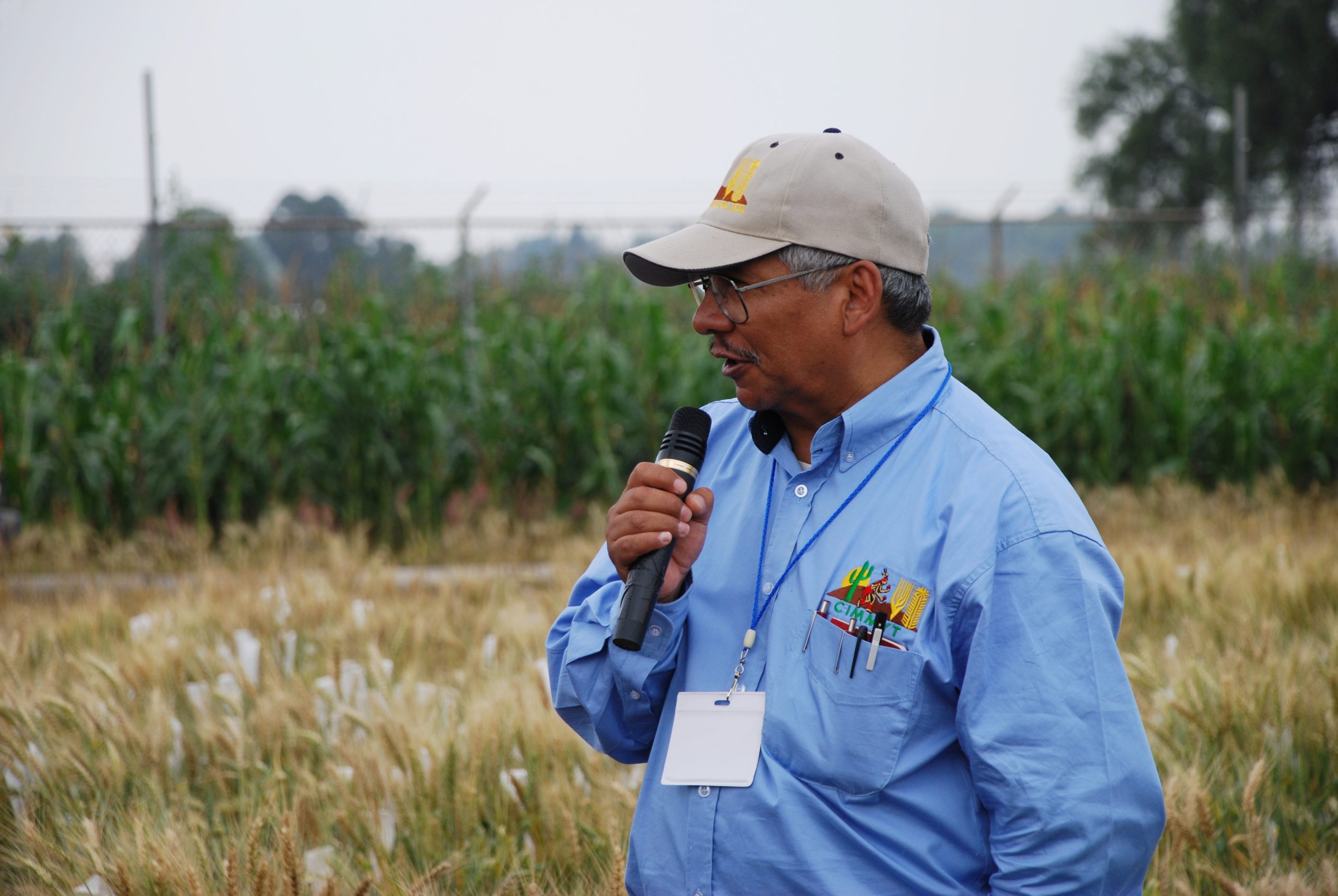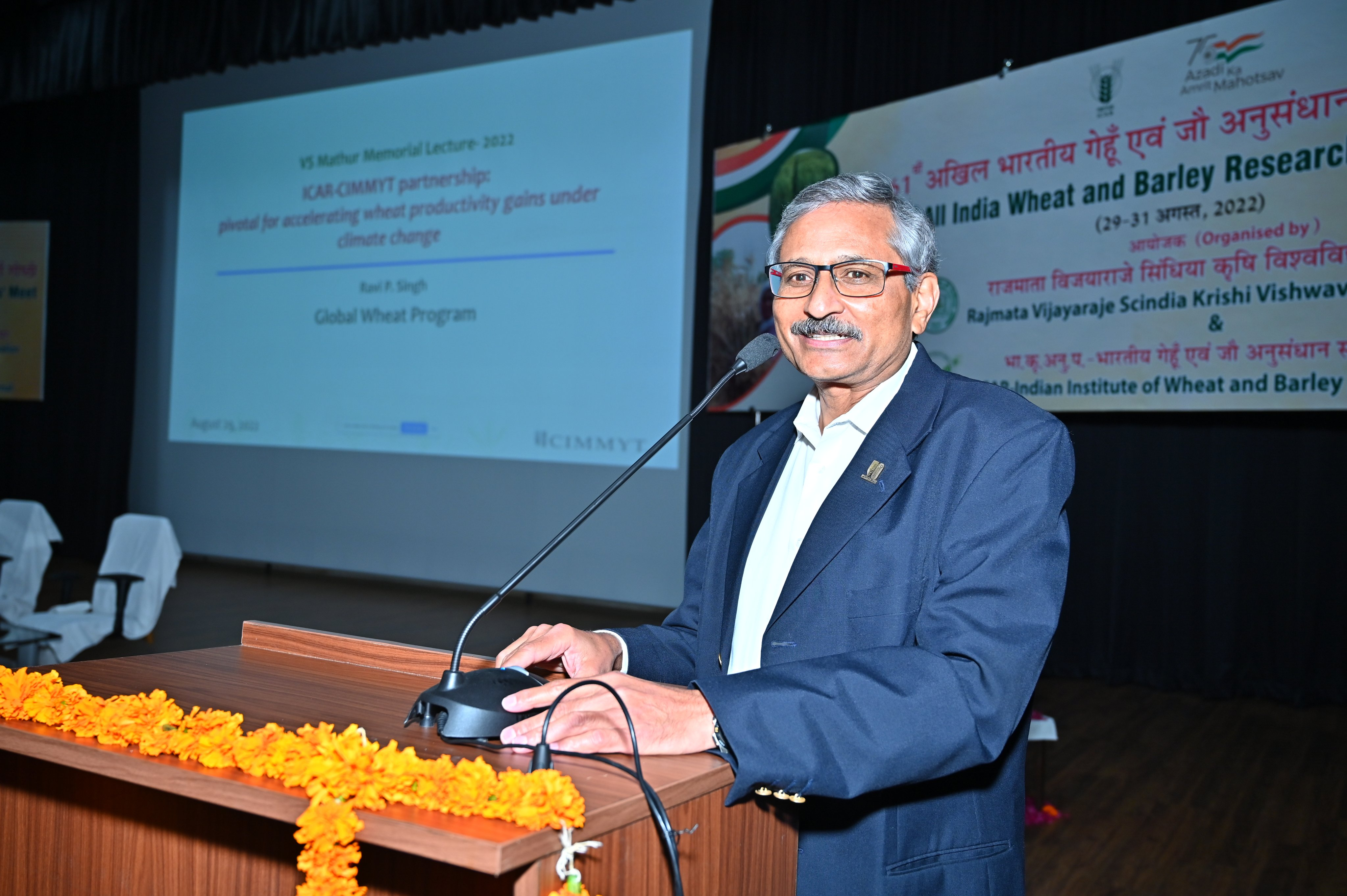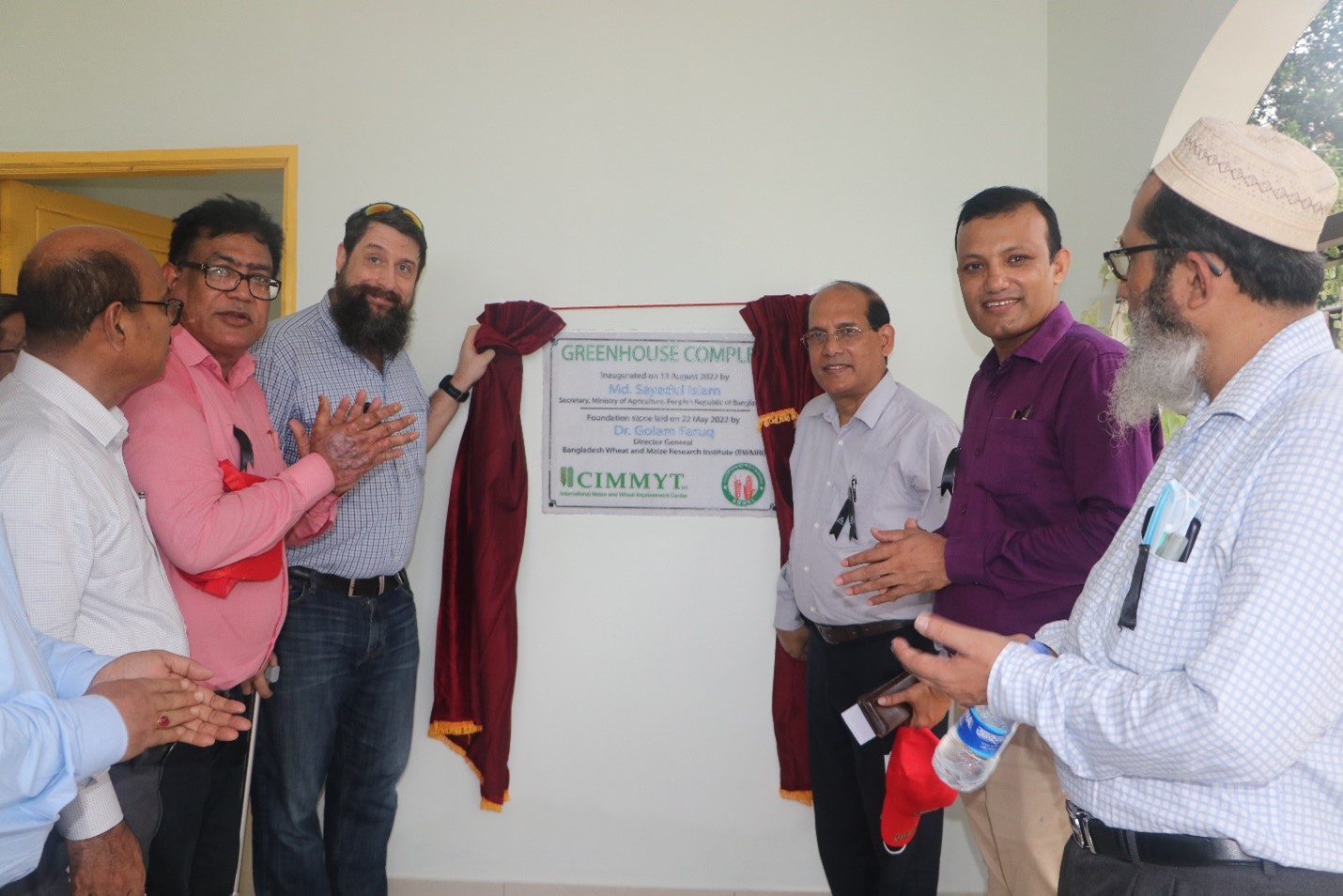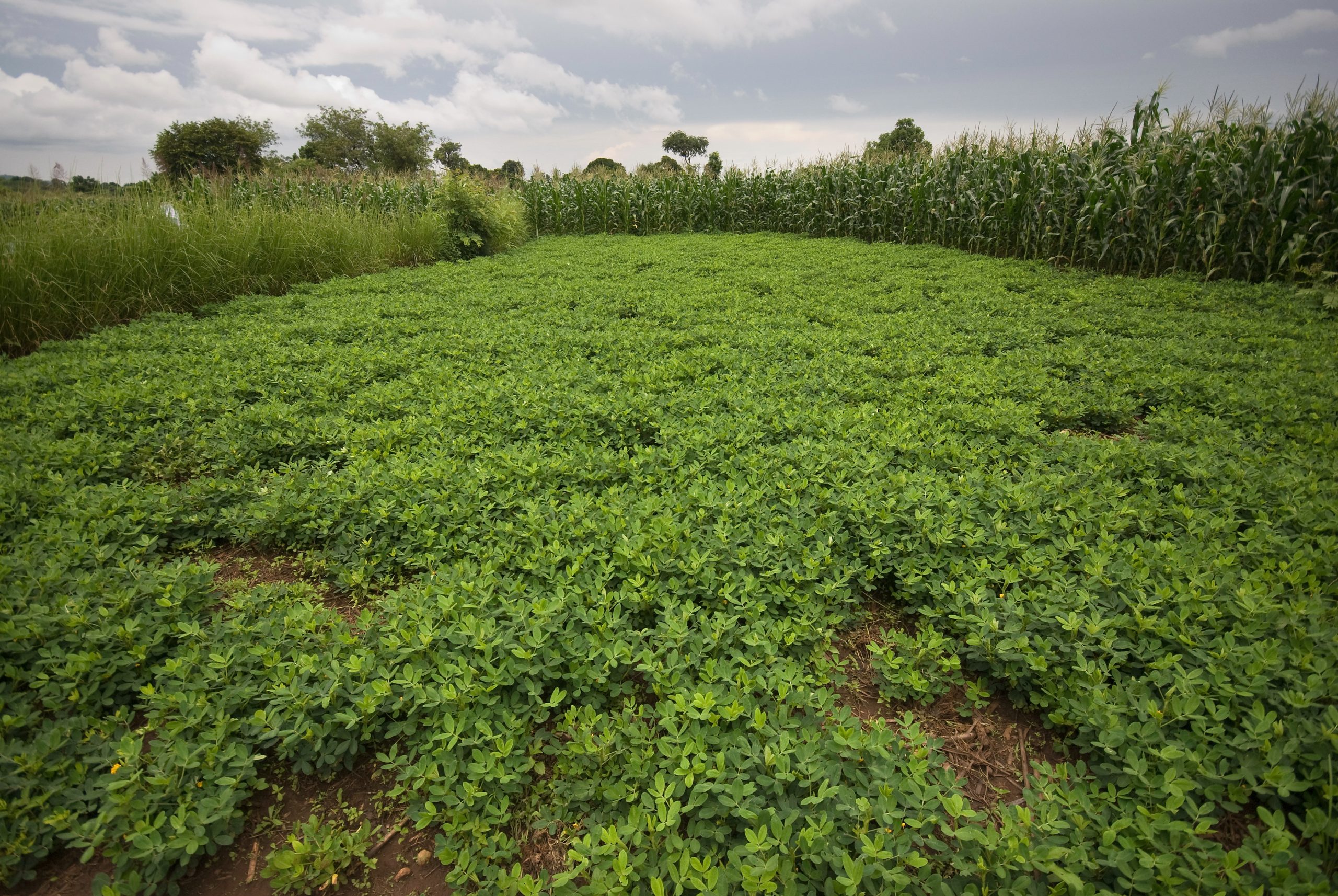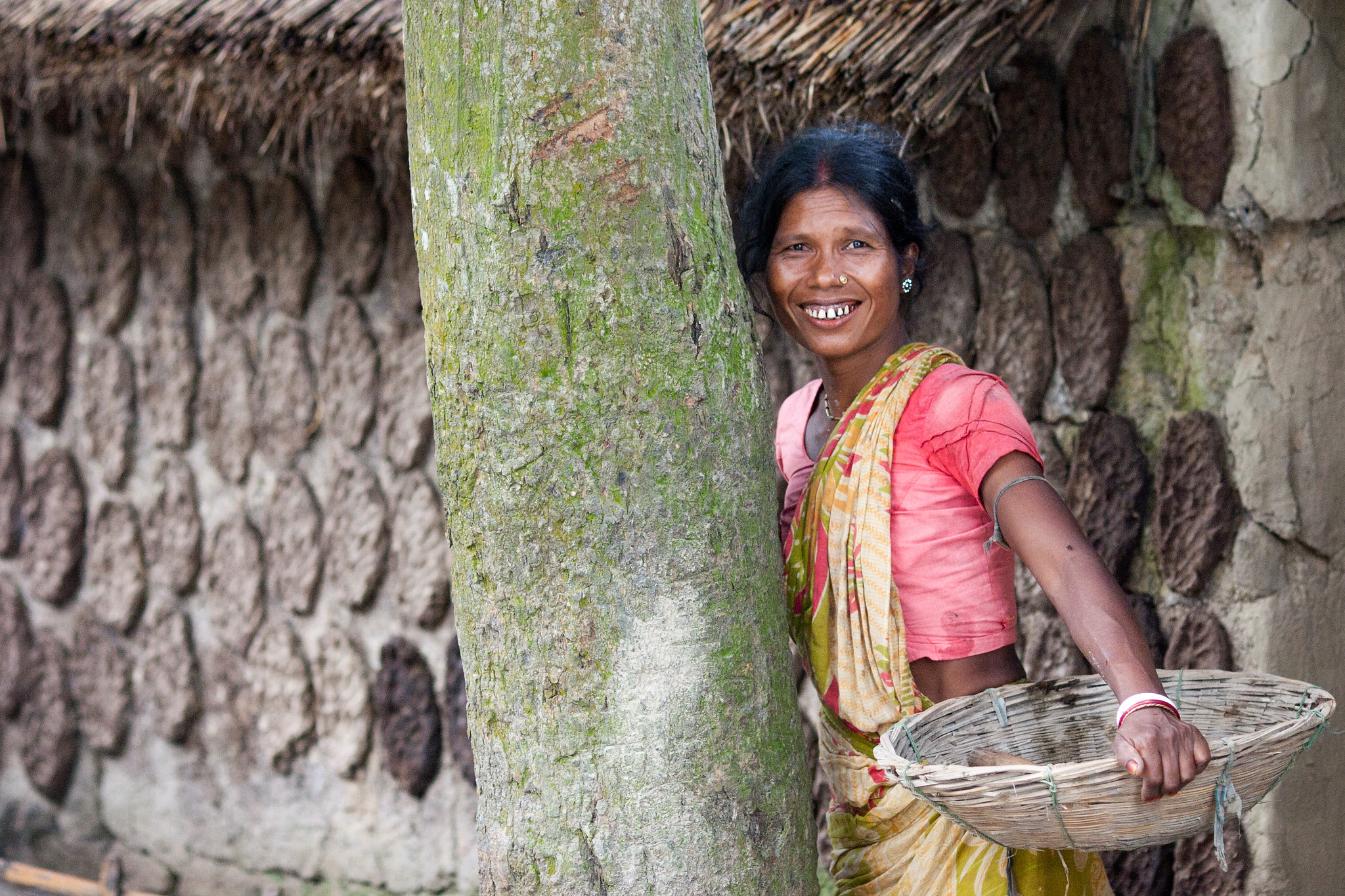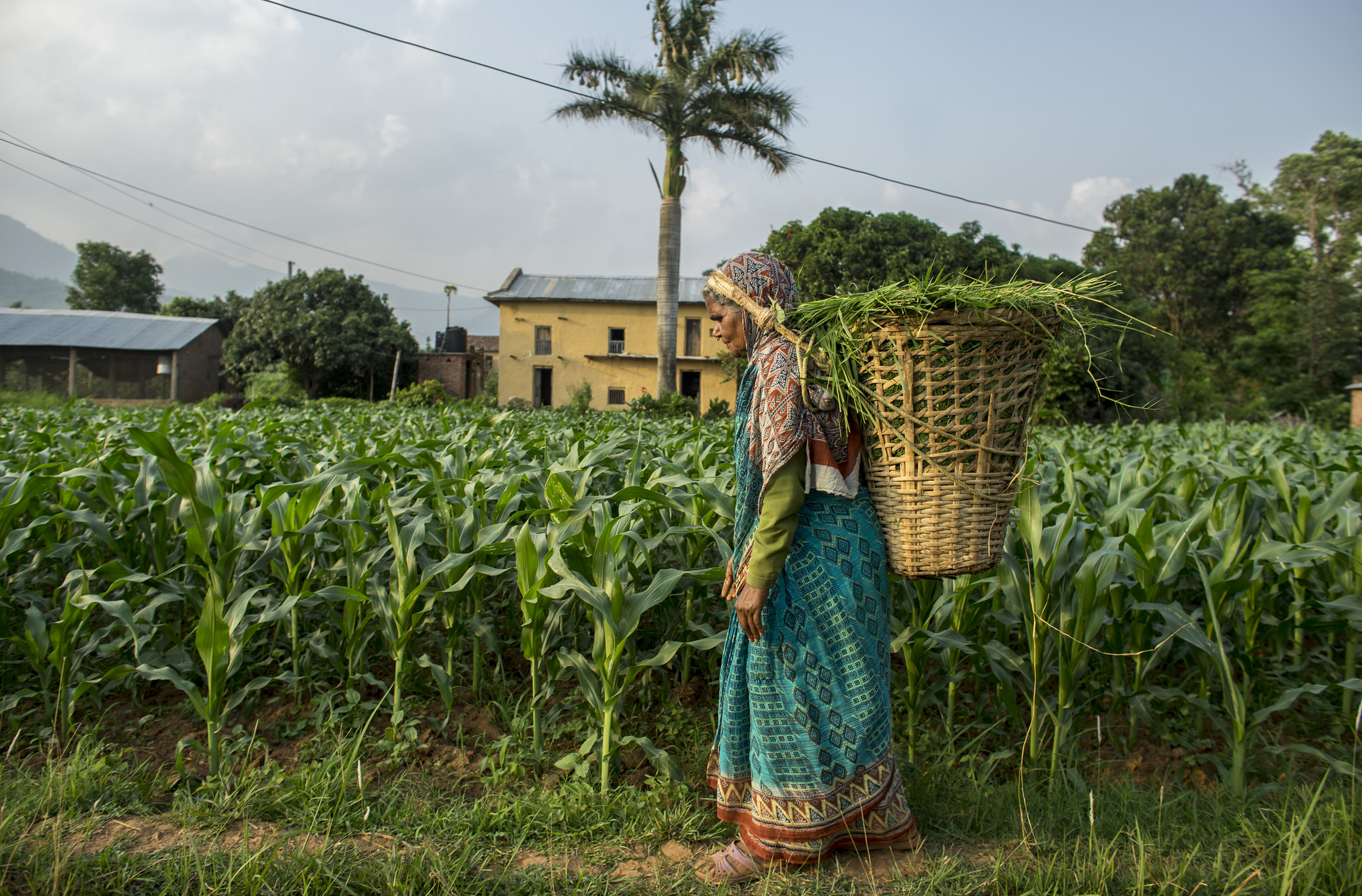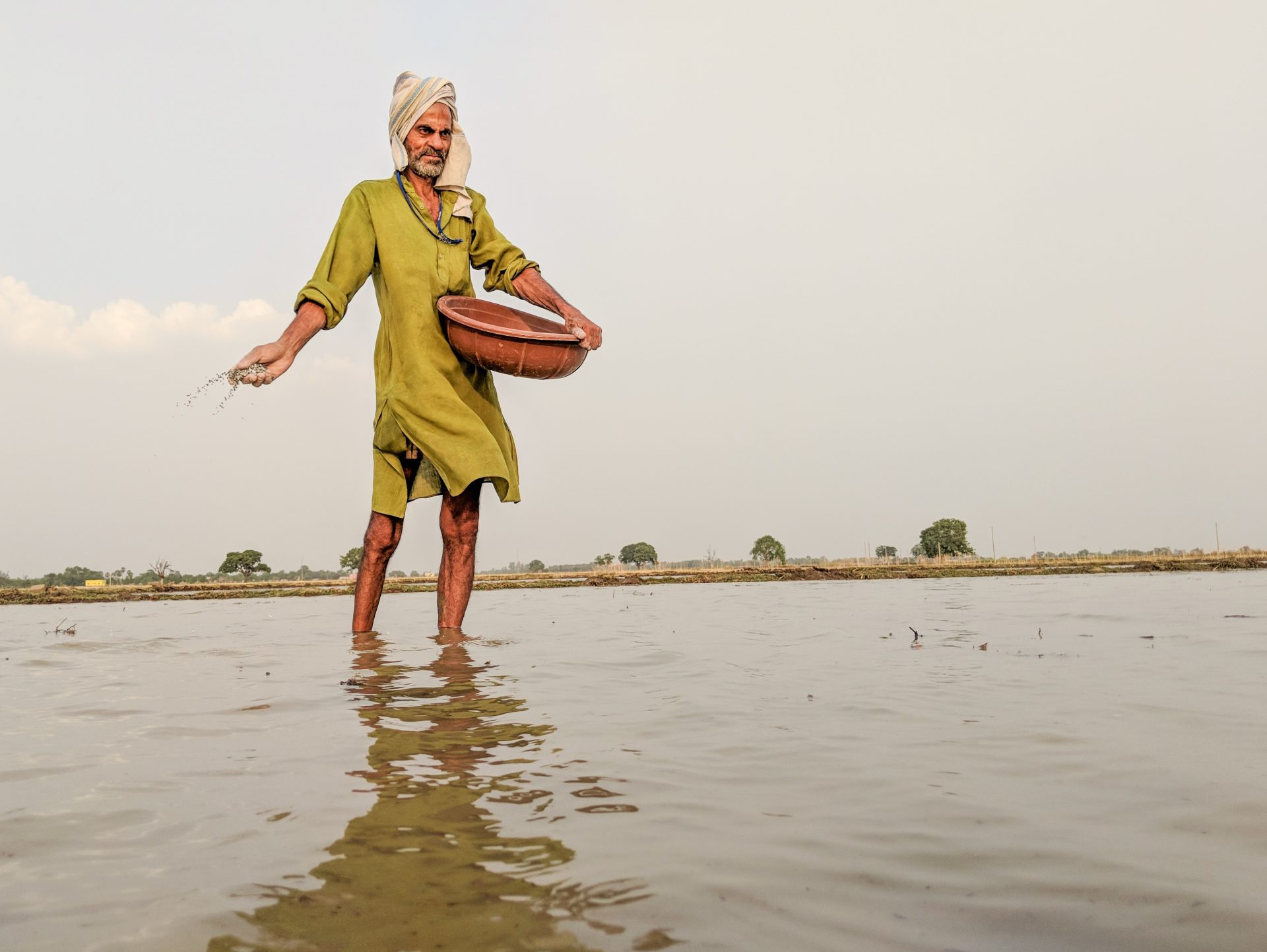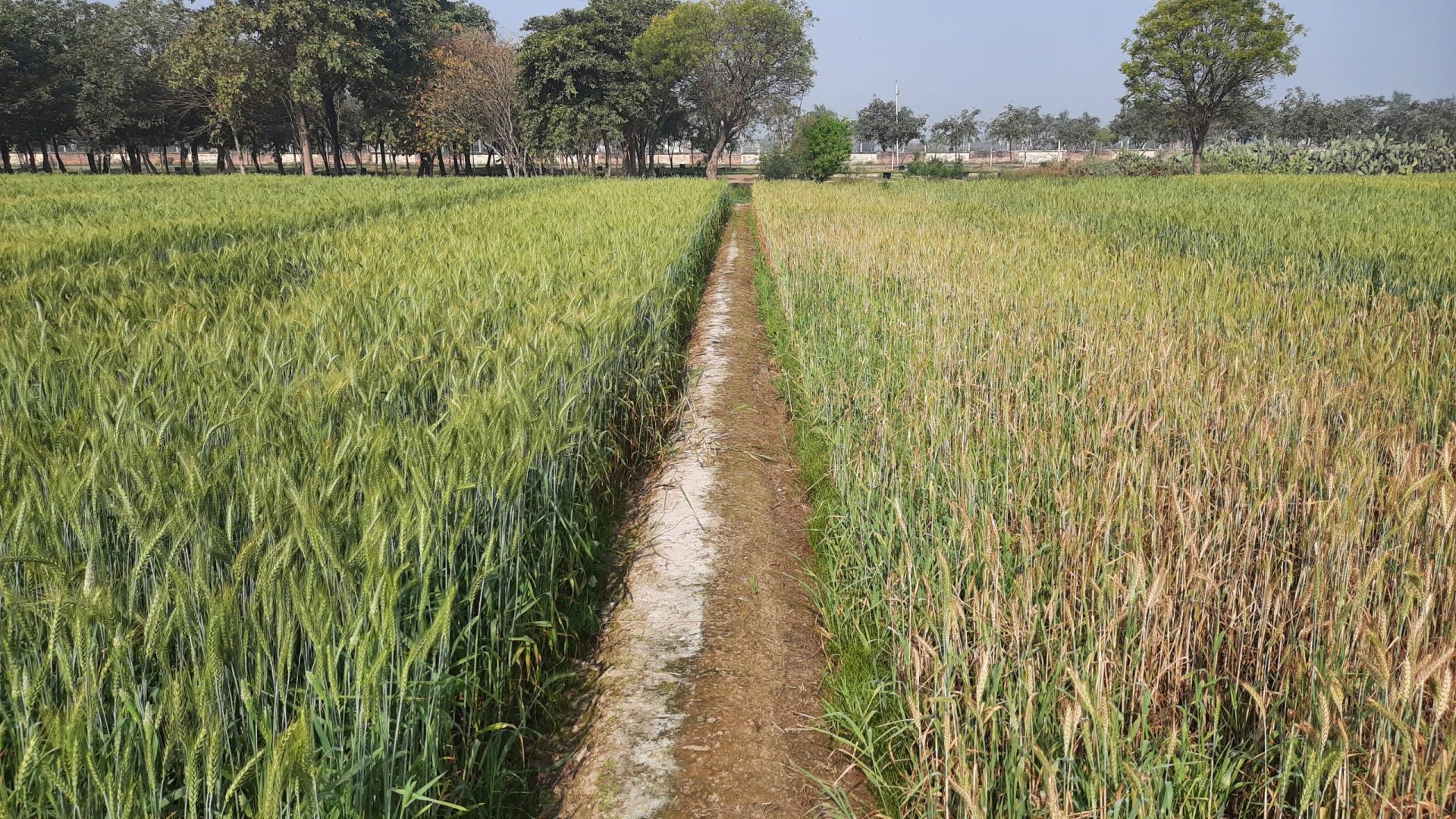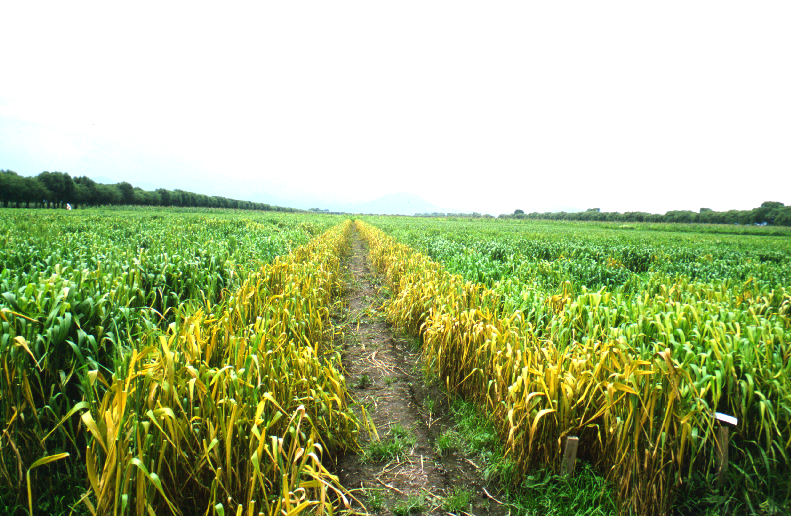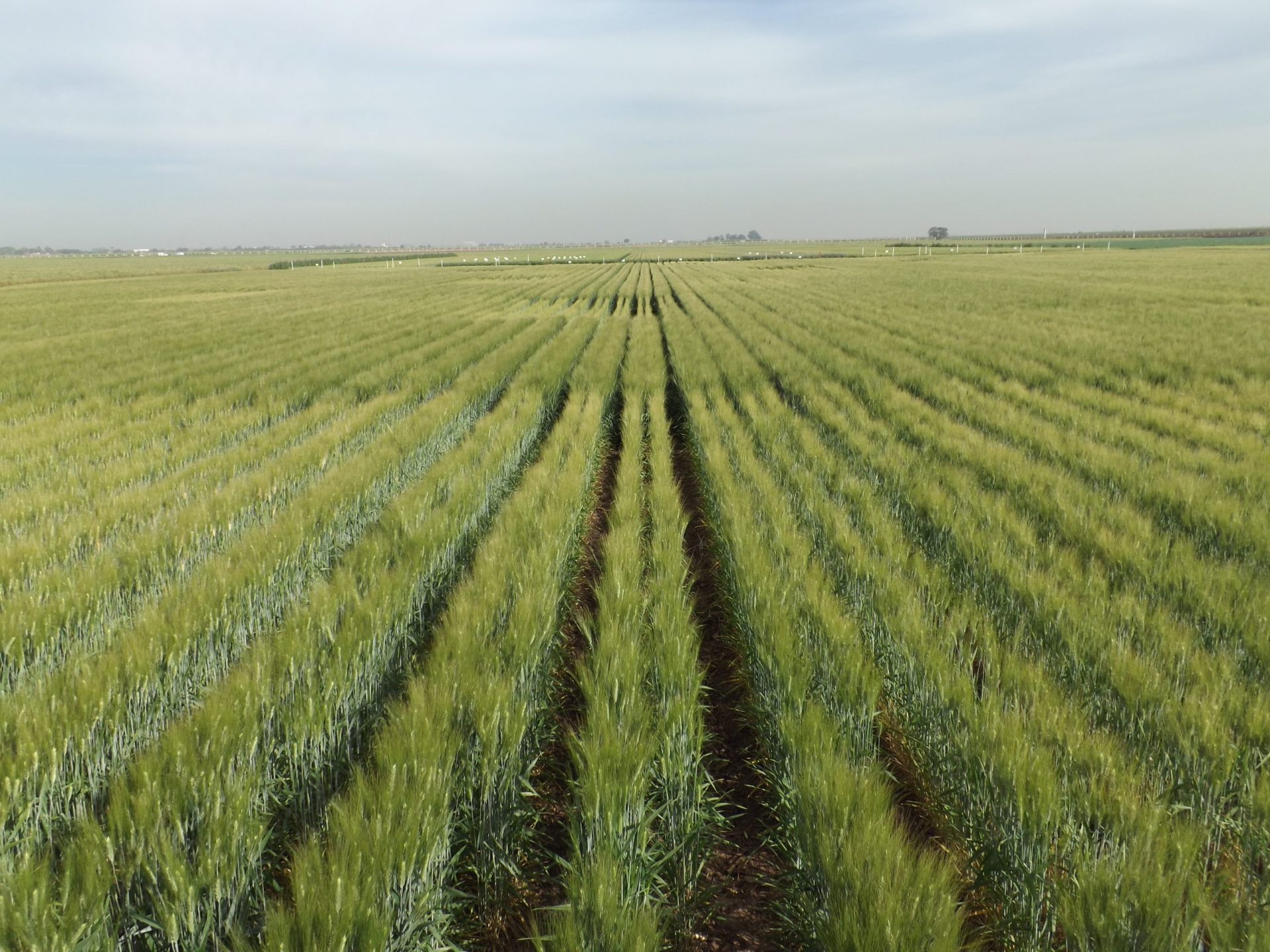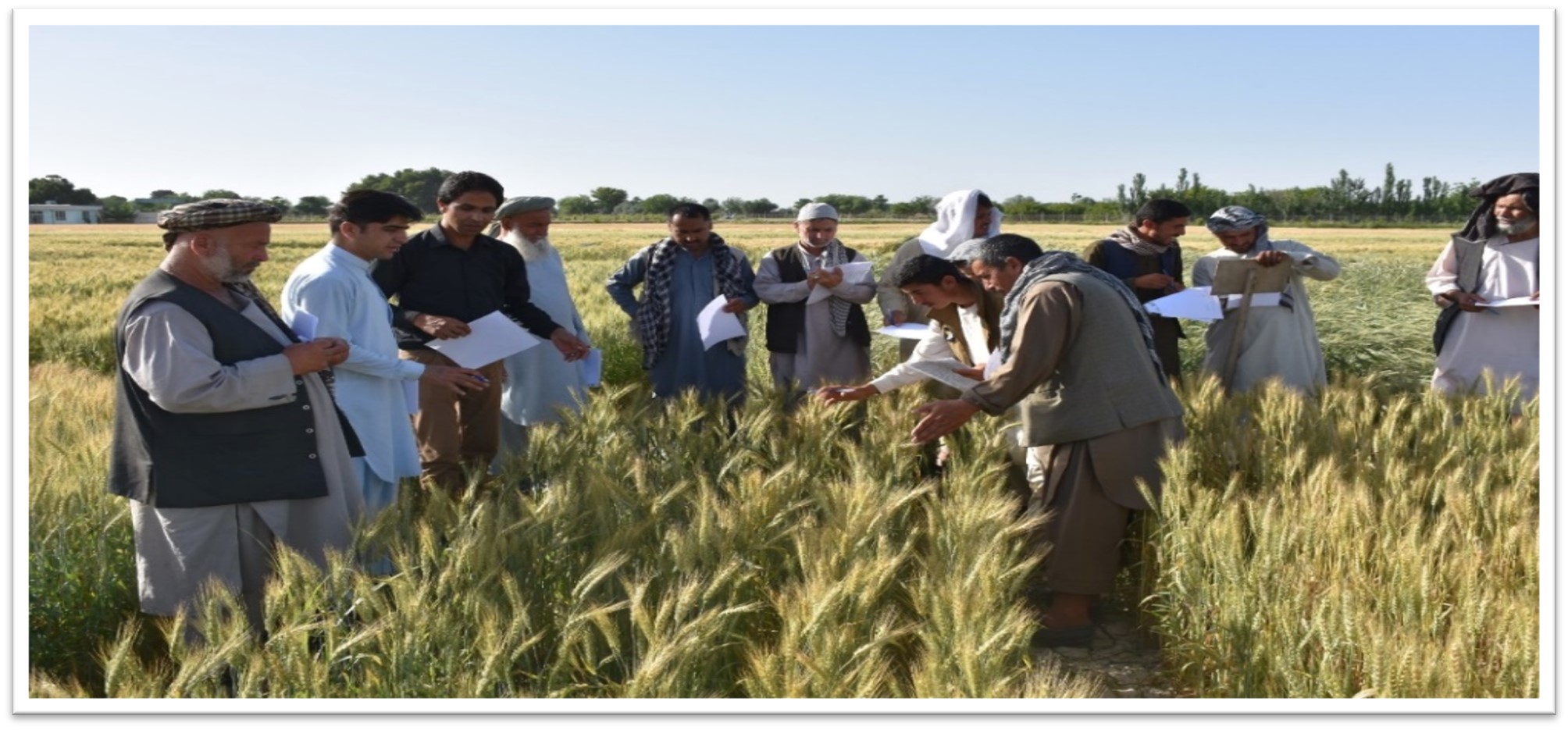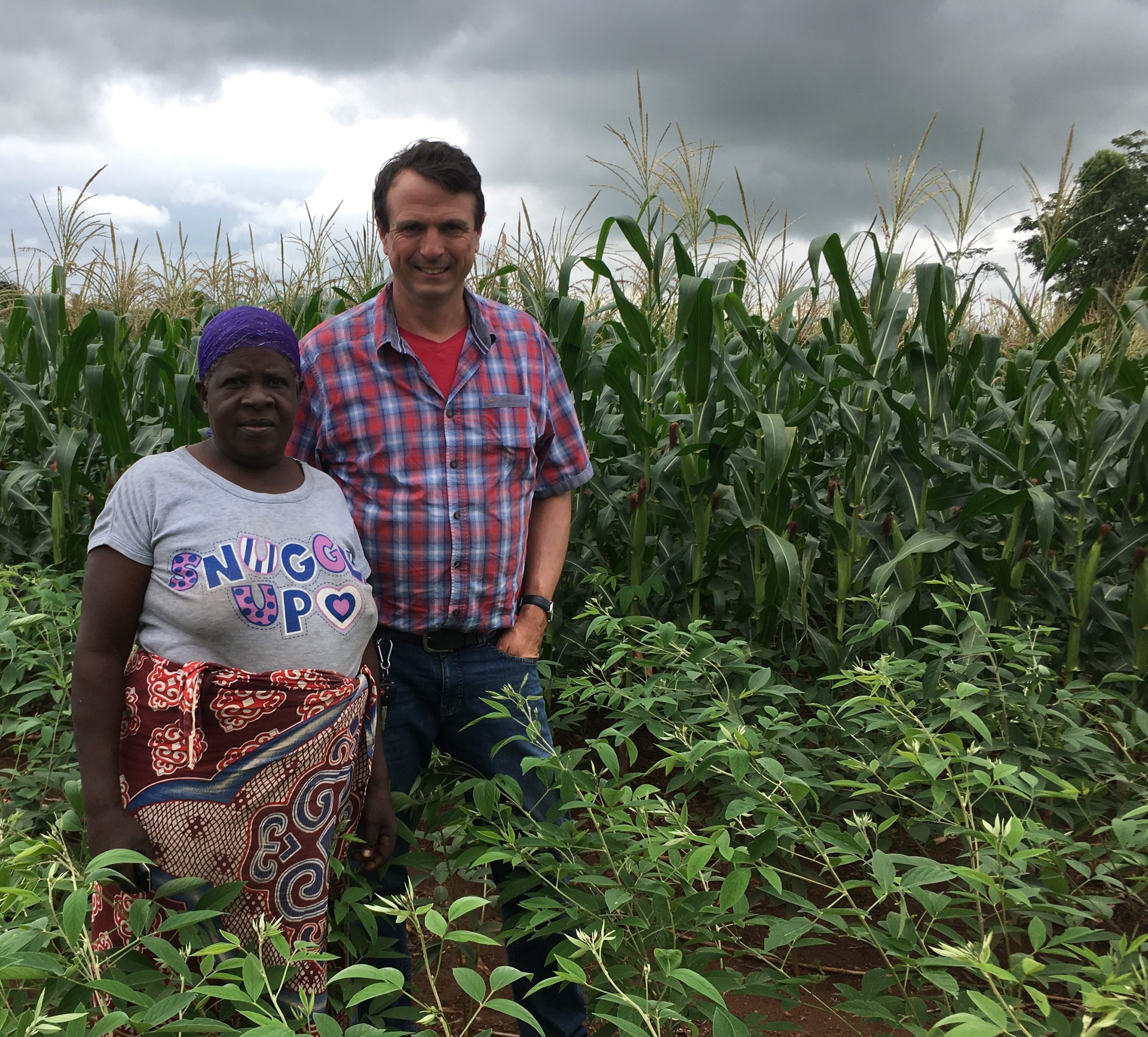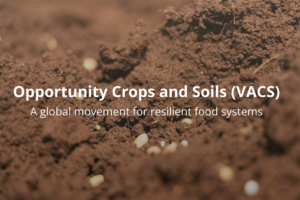Environmental health and biodiversity
The world needs better management of water, soil, nutrients, and biodiversity in crop, livestock, and fisheries systems, coupled with higher-order landscape considerations as well as circular economy and agroecological approaches.
CIMMYT and CGIAR use modern digital tools to bring together state-of-the-art Earth system observation and big data analysis to inform co-design of global solutions and national policies.
Our maize and wheat genebanks preserve the legacy of biodiversity, while breeders and researchers look at ways to reduce the environmental footprint of agriculture.
Ultimately, our work helps stay within planetary boundaries and limit water use, nutrient use, pollution, undesirable land use change, and biodiversity loss.
Tracking improved crop varieties
 Environmental health and biodiversity
Environmental health and biodiversity
CIMMYT and EIAR launch working group in Ethiopia to implement IMAGE, a five-year project that will improve seed variety deployment in Africa.
Winner of BGRI Gene Stewardship Award announced
 Environmental health and biodiversity
Environmental health and biodiversity
A research team in Mexico has been awarded the BGRI Gene Stewardship Award for their groundbreaking work on wheat breeding.
Singh recognized for wheat crop improvement
 Climate adaptation and mitigation
Climate adaptation and mitigation
SAWBAR bestowed the Sh. VS Mathur Memorial Award 2022 upon CIMMYT scientist Ravi Singh for his pioneering work to enhance wheat productivity in India.
Greenhouse upgrades at BWMRI for wheat blast research
 Capacity development
Capacity development
The developments will create capacity for national and international research and improve processes for disease screening in wheat.
CGIAR Initiative: Securing the Food Systems of Asian Mega-Deltas (AMD) for Climate and Livelihood Resilience
 Climate adaptation and mitigation
Climate adaptation and mitigation
CGIAR Initiative: Transforming Agrifood Systems in South Asia (TAFSSA)
 Climate adaptation and mitigation
Climate adaptation and mitigation
Biological nitrogen fixation and prospects for ecological intensification in cereal-based cropping systems
 Climate adaptation and mitigation
Climate adaptation and mitigation
CIMMYT scientists seek alternatives to synthetic nitrogen using biological nitrogen fixation (BNF) in order to reduce a significant driver of climate change.
Conservation agriculture practices revive saline and sodic soils
 Environmental health and biodiversity
Environmental health and biodiversity
Evidence suggests conservation agriculture can maintain the sustainability of agri-food systems in regions impaired by soil salinity and sodicity.
Afghan wheat landrace shows promise for rust resistance
 Environmental health and biodiversity
Environmental health and biodiversity
Genetic analysis of the Afghan wheat landrace KU3067 reveals resistance to leaf rust and stripe rust, which can be used to develop further disease-resistant wheat varieties.
Fighting back against Ug99 wheat stem rust
 Environmental health and biodiversity
Environmental health and biodiversity
Source: Corteva (10 Aug 2022)
Genetic analysis plays a vital role in tackling crop diseases such as wheat stem rust, which can be financially devastating for farmers.
Understanding the role of organic material application in soil microbial community structures
 Climate adaptation and mitigation
Climate adaptation and mitigation
This metagenomics study examines how application of organic material alters soil microbial populations and functionality in soil from permanent beds with residue retention.
Scientists step up wheat landrace conservation efforts in Afghanistan, Turkey and other countries in the region
 Environmental health and biodiversity
Environmental health and biodiversity
In 2009, a team of wheat scientists from CIMMYT, ICARDA, FAO, and national partners set off on a five-year expedition across Central Asia to collect as many landraces as they could find.
Ecological farming a boon for staple crop farmers in Africa, new study finds
 Environmental health and biodiversity
Environmental health and biodiversity
Cropping diversity, soil-enriching crops, and adding organic material to soils can boost food-crop yields for farmers who can’t apply fertilizer.
